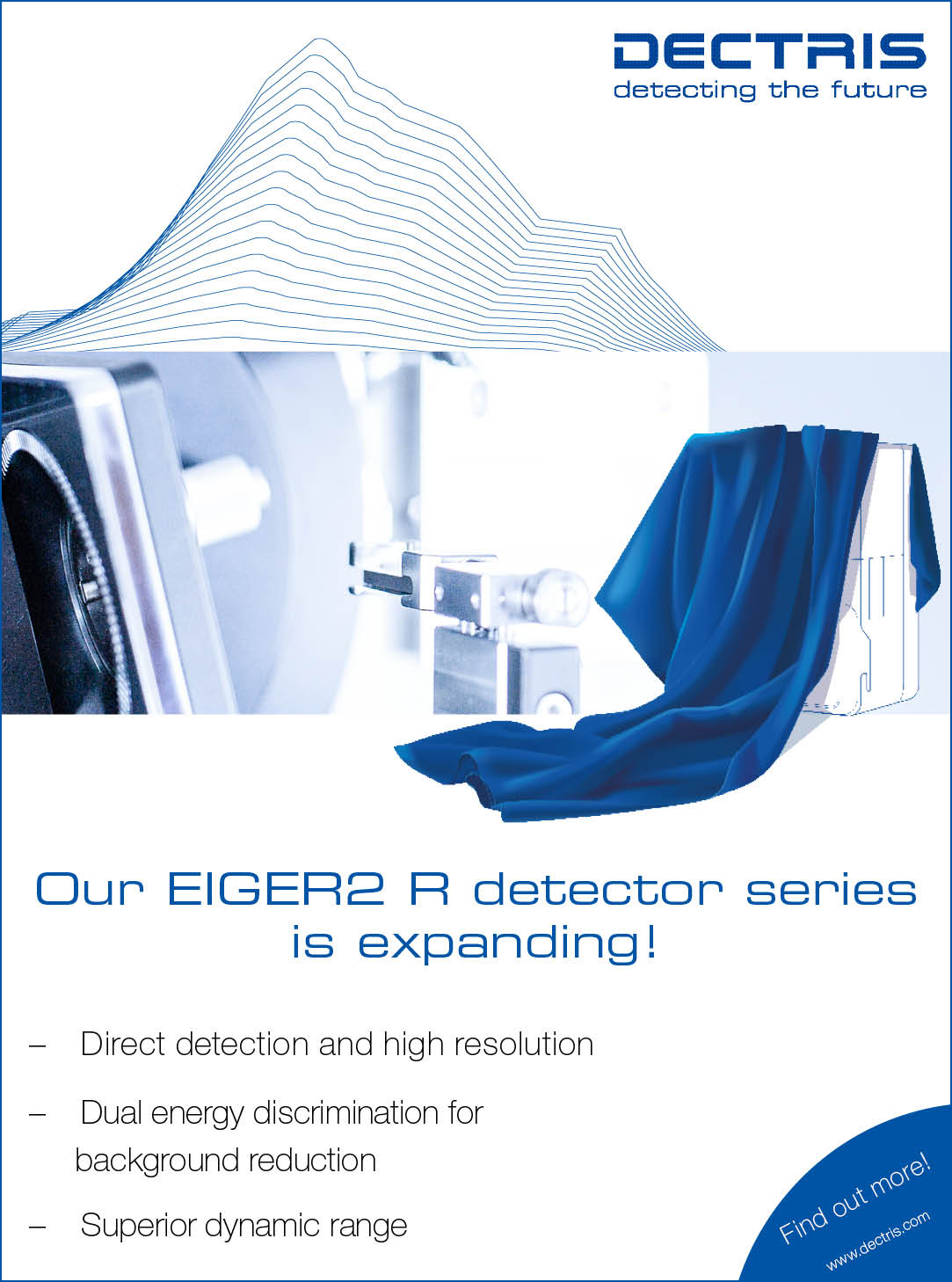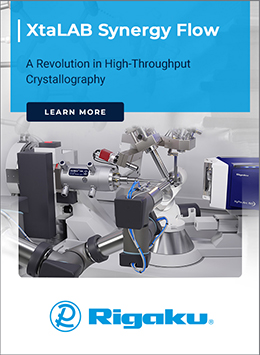
Editorial
Editorial
![Thumbnail [Thumbnail]](https://www.iucr.org/__data/assets/image/0004/151078/Bucky.gif)
COVID continues to rule the world, and many of us live in countries in which there is a severe lockdown. No-one knows when any of this will end. Here, in the UK, the lockdown is quite strict and all foreign travel has been banned. So it is difficult to not feel trapped. I was lucky enough, though, because of my age, to receive a vaccine injection in January, which I hope will give some protection. That was a relief, to be sure. The speed with which all the vaccines have been developed is mind-blowing, and much of it is due to our own area of science, in which a great deal of work has been done to determine the structural characteristics of the SARS-CoV-2 virus. As members of the crystallographic community, I think we can be proud of the role that our subject has played.
Harald Reichert has written an important article for us describing the new EBS source for the ESRF synchrotron, which has a performance far exceeding the designers’ expectations. The EBS has a small and bright source, enabling very fast data collections as well as excellent spatial resolution. For instance, it will be possible obtain diffraction information from individual grains in a powder, thus enabling single-crystal structural solution. This promises to be a major advance, enabling all sorts of exciting, new experiments to be carried out.
I was deeply saddened to hear of the death of Judith Milledge. I met her when I and Howard Flack became PhD students in Kathleen Lonsdale’s group at University College London. She was a remarkable person in many ways, bursting with ideas, some of which were truly brilliant, a sharp brain, a clever scientist and a thoroughly nice person. She did have the unfortunate habit of getting bored quickly with projects that she had started before moving on to other topics before finishing. I recall Kathleen Lonsdale admonishing her at coffee time, in front of all of us in the group, for not completing anything she started. But this had no effect on Judith. Her warm personality shone through, and she continued to bubble with fresh ideas. Perhaps I can take this opportunity to tell an anecdote (I have many more!) from those times.
Next to my desk was a huge electromagnet in a wooden case (I was told that it had belonged originally to Faraday). One day, Judith had an idea that I should use the magnet to study the diamagnetic susceptibility of my crystals. To do this one had to suspend a crystal on a fine glass fibre between the poles of the magnet, and set it into oscillation. I really didn’t want to do this, but how could I refuse? I hatched a plan to delay things. I made a set of glass fibres and placed them on my desk in readiness. Now, my desk backed onto the sink where we used to make our coffee and tea, and at coffee time, one of our female members (if I recall correctly it was June Sutor, famed for her work on hydrogen bonding) came in and put her handbag down on the edge of my desk, crushing my glass fibres. Of course by this time, Judith had moved onto some other ideas and so I never did use the magnet.
In this issue, we publish an article by Piero Macchi on an important topic. Normally, when we solve crystal structures, we assume that all the atoms in a crystal can be treated as being spherical. This is obviously incorrect as the atoms are not isolated from one another, and so their electron densities are spread out. Over the years various methods have been devised to modify this assumption, mainly using local multipolar corrections. However, quantum mechanics was developed at roughly the same time as X-ray crystallography and for the last 100 years or so has become increasingly tied in with structure solution. Today we call this quantum crystallography.
Another area of advance is demonstrated by Brian Toby’s article where he reports on Rietveld powder analysis in 100 picoseconds. This has been achieved by Bob Von Dreele, Samantha Clarke and James Walsh and opens the door to studying reactions and fast changes in materials. There is no end to the advances being made in crystallography!
We also have another short article from Istvan Hargittai, reminding us of the work of Caroline MacGillavry, who discovered the work of the artist Maurits Escher and how it related to crystal symmetry. He also brings our attention to the work of Khudu Mamedov, from Azerbaijan, who also developed a similar type of artwork.
Copyright © - All Rights Reserved - International Union of Crystallography








